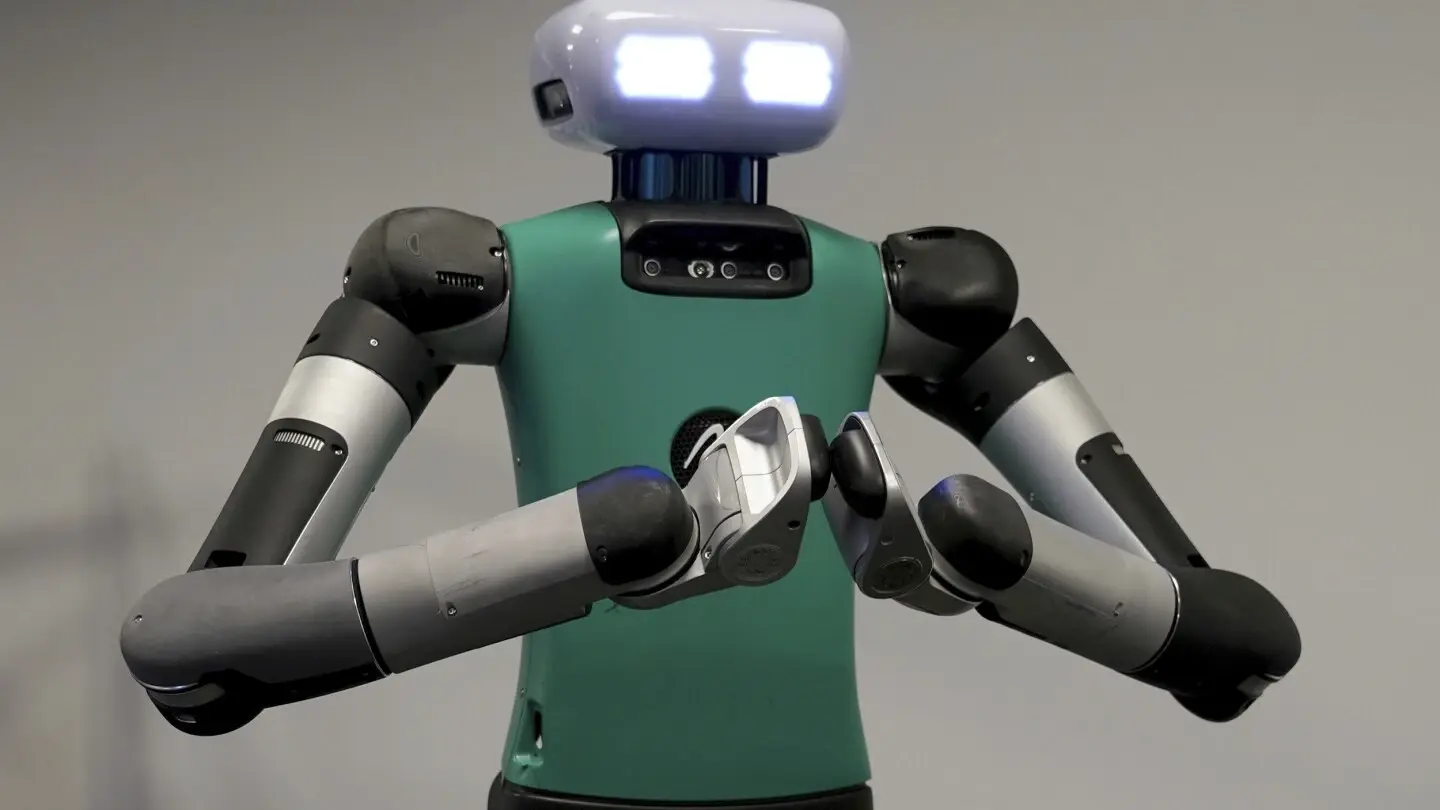
Of course we don’t need them. We don’t need so many things that the ruling class pushes on us like war and austerity.
What we have now is feudalism with a few extra layers of abstraction. Can you picture feudalism without the need for a class of serfs? I’ll give you a hint…on a long enough timeline this humanoid robot serf replacement program produces only two potential outcomes:
- countless murdered poor people.
- post-scarcity utopia like we see in Star Trek: TNG.
Which one do you think is more likely?
Further thinking on this topic: https://youtu.be/7Pq-S557XQU?si=SQOhfYjLoy2rt0lw

The utopia of Star Trek was only able to happen because they had a WWIII and the communists won

i think humanoid robot are inefficient. We shouldn’t follow the blueprint of human body but give them legs and arms that are suited for mechanical move and metal structure so they are easier to maitain and repair.

I think it’s moreso a matter of evolution. We know humanoid bodies can do anything we can do, so we start with that and make incremental improvements from there. We already do have plenty of other body shapes for robots (6-axis arms, SPOT, drones, etc) but none of them are general-purpose. Also, the robot shown in the article is pretty clearly not fully humanoid, it has weird insect legs probably because it’s easier to control and it doubles as a vertical lift.

No, it’s because those robots are designed to operate in environment built for humans. Humanoid robots can worn alongside humans and you don’t have to change the entire factory for then to work there. For example you can give robots wheels but most places have stairs. You can transport things with drones but most places have walkways and shelves designed for grabbing things at chest level. All the tools are also designed to be operated by humans. You can design a better, cheaper all purpose robot but it will simply not fit well in a current working environment.

Good point, i didn’t see that from that angle :)

Nooo. There should be no emotional bonds between humans and humanoid robots.
In some critical situation, people will choose a robot over another human.

🤖

Need? No. But sometimes when I’m standing in a pool of people and despair and I can’t picture things getting better, I kind of just want a BFF little buddy like WALL-E or BD-1 who just gets me without judgement, and doesn’t require me to be its caregiver.

In the long run, I suspect so.
Maybe not for the actual application in a factory that those guys are apparently building for.
🤖 I’m a bot that provides automatic summaries for articles:
Click here to see the summary
While the latest artificial intelligence craze has sparked another wave of investments in the quest to build a humanoid, most of the current prototypes are clumsy and impractical, looking better in staged performances than in real life.
Rival robot-makers, like Figure AI, are taking a more purist approach on the idea that only true humanoids can effectively navigate workplaces, homes and a society built for humans.
Figure also plans to start with a relatively simple use case, such as in a retail warehouse, but aims for a commercial robot that can be “iterated on like an iPhone” to perform multiple tasks to take up the work of humans as birth rates decline around the world.
“Not only about their design and operation, but also about how people respond to them, and about the critical underlying technologies for mobility, dexterity, perception and intelligence,” said Marc Raibert, the co-founder of Boston Dynamics, best known for its dog-like robots named Spot.
Walking is “not the hardest problem to solve in humanoid robotics,” said Geordie Rose, co-founder and CEO of British Columbia, Canada-based startup Sanctuary AI.
“The mobility aspect is more interesting than the actual form,” said Tye Brady, Amazon’s chief technologist for robotics, after the company showed it off at a media event in Seattle.
Saved 80% of original text.

I’m a bot
but are you a humanoid bot?


